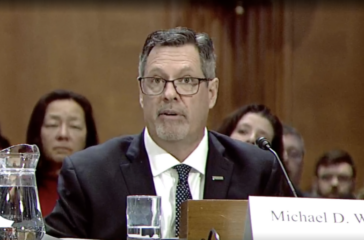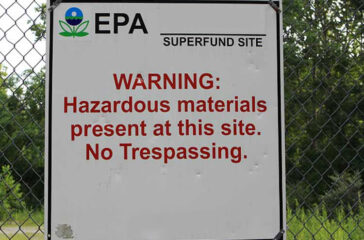Worries in wine country: Napa Valley wrestles with chemical contamination controversy
By Shannon Kelleher
Famous for its lush vineyards and cherished local wineries, Napa Valley is where people go to escape their problems.
“When you first get there, it’s really pretty,” said Geoff Ellsworth, former mayor of St. Helena, a small Napa Valley community nestled 50 miles northeast of San Francisco. “It mesmerizes people.”
What the more than 3 million annual tourists don’t see, however, is that California’s iconic wine country has a problem of its own – one that has spurred multiple ongoing government investigations and created deep divisions among residents and business owners, with some fearing the region’s reputation and way of life may be in peril.
At the heart of the fear is the decades-old Clover Flat Landfill (CFL), perched on the northern edge of the valley atop the edge of a rugged mountain range. Two streams run adjacent to the landfill as tributaries to the Napa River.
A growing body of evidence, including regulatory inspection reports and emails between regulators and CFL owners, suggests the landfill and a related garbage collection, recycling and composting business known as Upper Valley Disposal Services (UVDS) have routinely polluted those local waterways that drain into the Napa River with an assortment of dangerous toxins.
The river irrigates the valley’s beloved vineyards and is used recreationally for kayaking by over 10,000 people annually. The prospect that the water and wine flowing from the region may be at risk for contamination with hazardous chemicals and heavy metals has driven a wedge between those speaking out about the concerns and others who want the issue kept out of the spotlight, according to Ellsworth.
“The Napa Valley is amongst the most high-value agricultural land in the country,” said Ellsworth, a former employee of Clover Flat. “If there’s a contamination issue, the economic ripples are significant.”
 EWG
EWG

